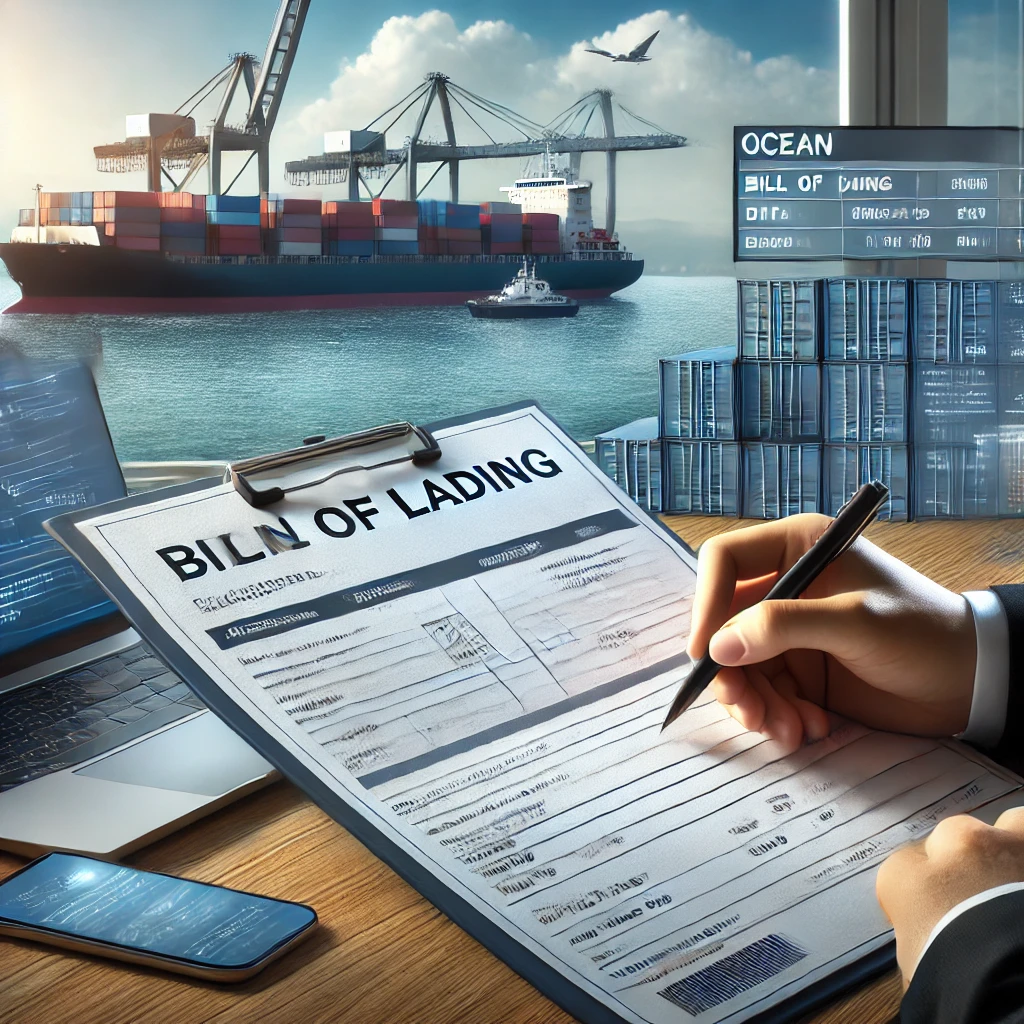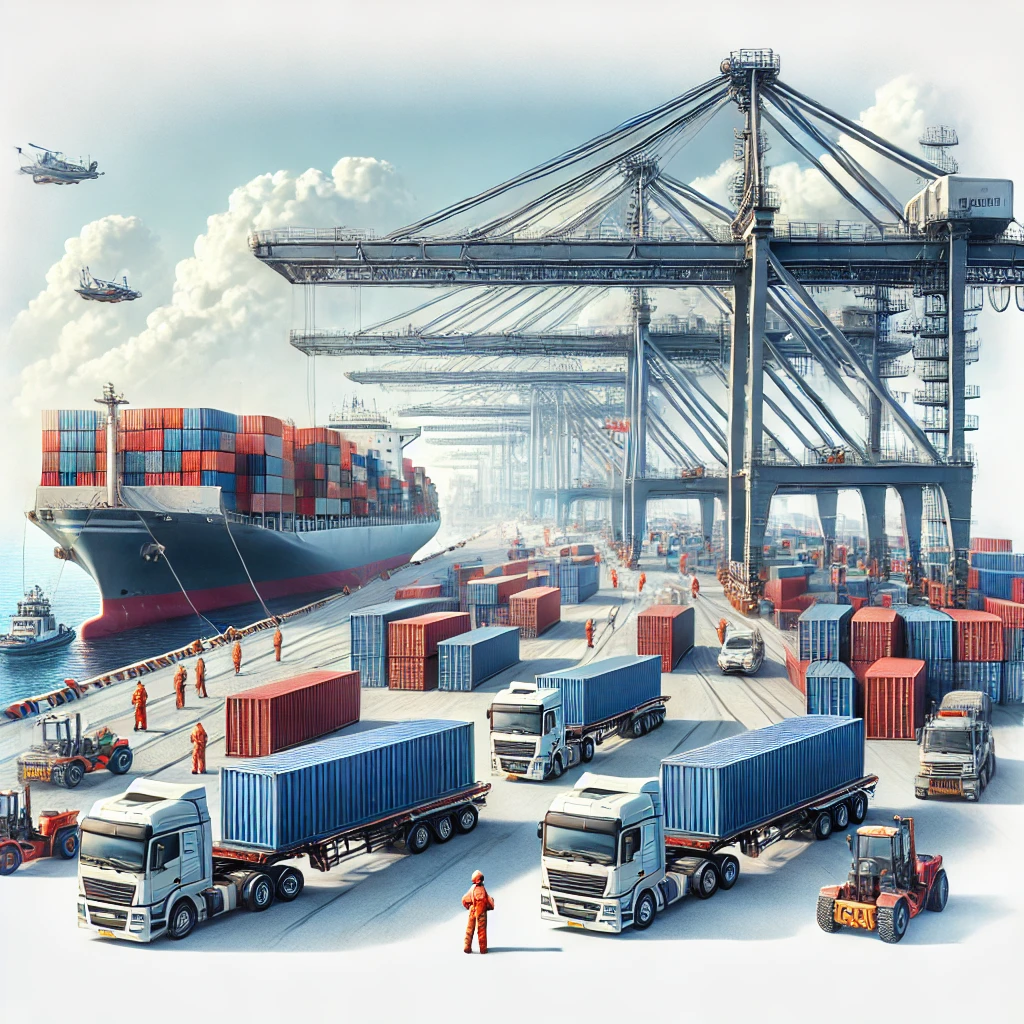The Basics of Shipping Bill and Ocean Bill

What Is a Shipping Bill?
A Shipping Bill is an essential export document used in international trade. It is required for customs clearance and serves as an authorization for exporting goods from a country.
Key Features of a Shipping Bill:
- Customs Clearance:
- The primary purpose of a shipping bill is to obtain clearance from customs authorities for goods being exported.
- Variety of Shipping Bills:
- Different types include free shipping bills, drawback shipping bills, duty-free shipping bills, and dutiable shipping bills, each serving specific trade needs.
- Contains Critical Export Details:
- Exporter details, consignee information, port of shipment, cargo description, weight, value, and applicable duties.
- Issued by the Exporting Country’s Customs Department:
- It ensures compliance with local export regulations and taxation policies.
Why Is a Shipping Bill Important?
- Acts as legal proof of an export transaction.
- Helps exporters claim duty drawbacks or exemptions.
- Ensures regulatory compliance with trade laws.

What Is an Ocean Bill of Lading (Ocean Bill)?
An Ocean Bill of Lading is a legally binding transport document issued by a shipping carrier to acknowledge receipt of goods for transport by sea. It acts as a contract of carriage, a receipt for goods, and a document of title.
Key Features of an Ocean Bill of Lading:
- Receipt of Goods:
- Confirms that the carrier has received the goods in good condition.
- Contract of Carriage:
- Establishes the agreement between the shipper and the carrier regarding transportation terms.
- Document of Title:
- The consignee (buyer) can claim ownership of the goods using this document.
- Negotiable and Non-Negotiable Forms:
- A negotiable bill allows ownership transfer, while a non-negotiable bill does not.
- Issued by Shipping Carriers:
- Provided by the shipping company transporting the cargo.
Why Is an Ocean Bill of Lading Important?
- Acts as legal proof of cargo transport.
- Essential for international trade financing and bank transactions.
- Helps resolve disputes over ownership and shipment delivery.

Differences Between a Shipping Bill and an Ocean Bill of Lading
Feature | Shipping Bill | Ocean Bill of Lading |
Purpose | Customs clearance for exports | Proof of receipt and transport contract |
Issued By | Customs department | Shipping carrier |
Key Function | Allows legal export of goods | Facilitates shipment movement |
Ownership Transfer | No ownership rights | Can be a document of title |
Regulatory Use | Compliance with export laws | Used for cargo handling and ownership rights |
Practical Uses of Shipping Bills and Ocean Bills
- For Exporters and Importers:
- The shipping bill ensures customs compliance, while the ocean bill acts as proof of shipment.
- For Freight Forwarders:
- Essential for managing cargo movement and handling logistics documentation.
- For Banks and Trade Financing:
- Used in letters of credit, ensuring payment security in international transactions.
- For Customs and Regulatory Authorities:
- Helps verify the legality of shipments, ensuring compliance with global trade regulations.

Conclusion
Both the Shipping Bill and Ocean Bill of Lading are fundamental documents in global trade and logistics. While the shipping bill is required for customs clearance in the exporting country, the ocean bill of lading serves as proof of cargo transport and ownership. Understanding these documents helps businesses ensure smooth international shipments, regulatory compliance, and secure financial transactions. Whether exporting goods or handling freight, mastering these documents is essential for efficient global trade operations
